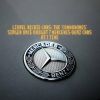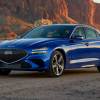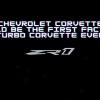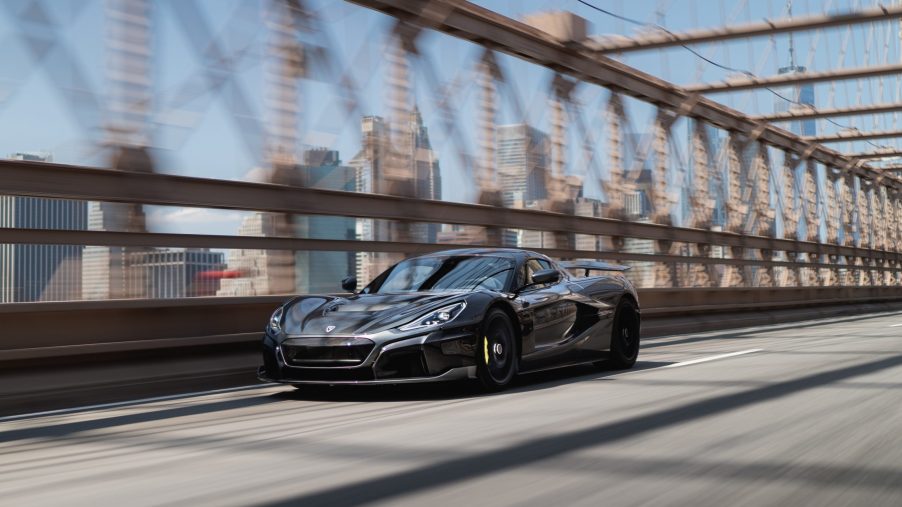
Why Are Electric Supercars So Heavy?
Usually, supercars are supposed to be as light as possible. As Lotus boss Collin Chapman said of going fast: “Simplify and add lightness.” Electric supercars like the Lotus Evija and Rimac Nevera fly in the face of that logic. Obviously, ultra-light gas-powered sports cars are becoming things of the past. So, how do we continue to have the ultra-light sports car experience?
Both Rimac and Lotus have their answers to the question, but even the lightest of the two is incredibly heavy. Can these electric supercars be lightened further? And more to the point, is the power made by electric motors making weight irrelevant?
What is the fastest electric supercar?
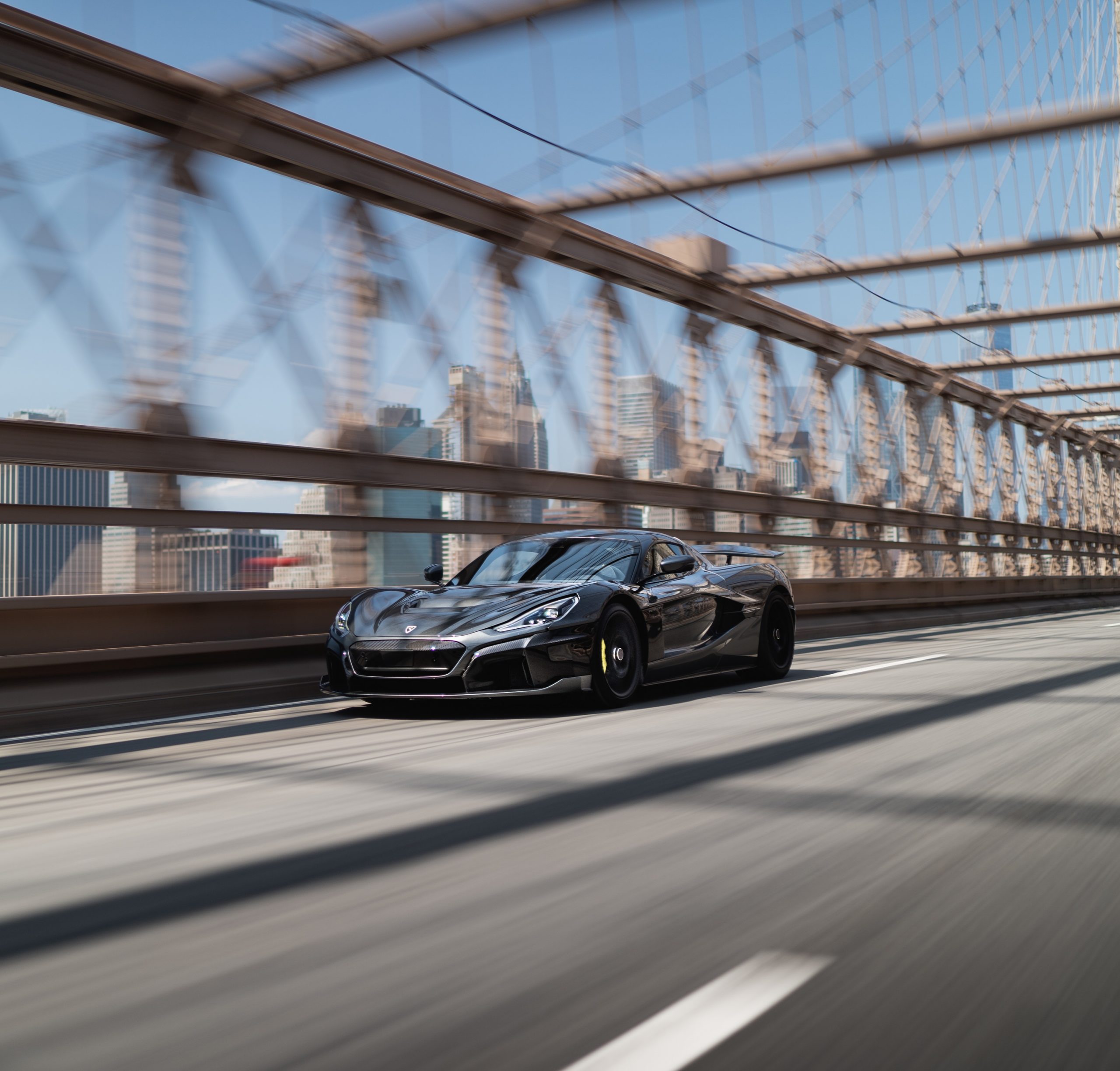
Despite its substantial poundage, the Rimac Nevera is just about the fastest thing on four wheels. In fact, it holds a record in the quarter-mile, managing a ridiculous 8.582 at 167.51 mph. That’s faster than a Ferrari SF90. Hell, it’s faster than a Tesla Model S Plaid. However, that weight is definitely there.
The Rimac Nevera weighs a massive 4,750 lbs. For comparison, a Koenigsegg Jesko weighs only 3,131 lbs or roughly the same as a 2010 Volkswagen GTI. The Rimac is more than 1,000 lbs heavier. It’s also heavier than another upcoming electric supercar: The Lotus Evija.
The Lotus Evija follows Chapman’s philosophy- sort of
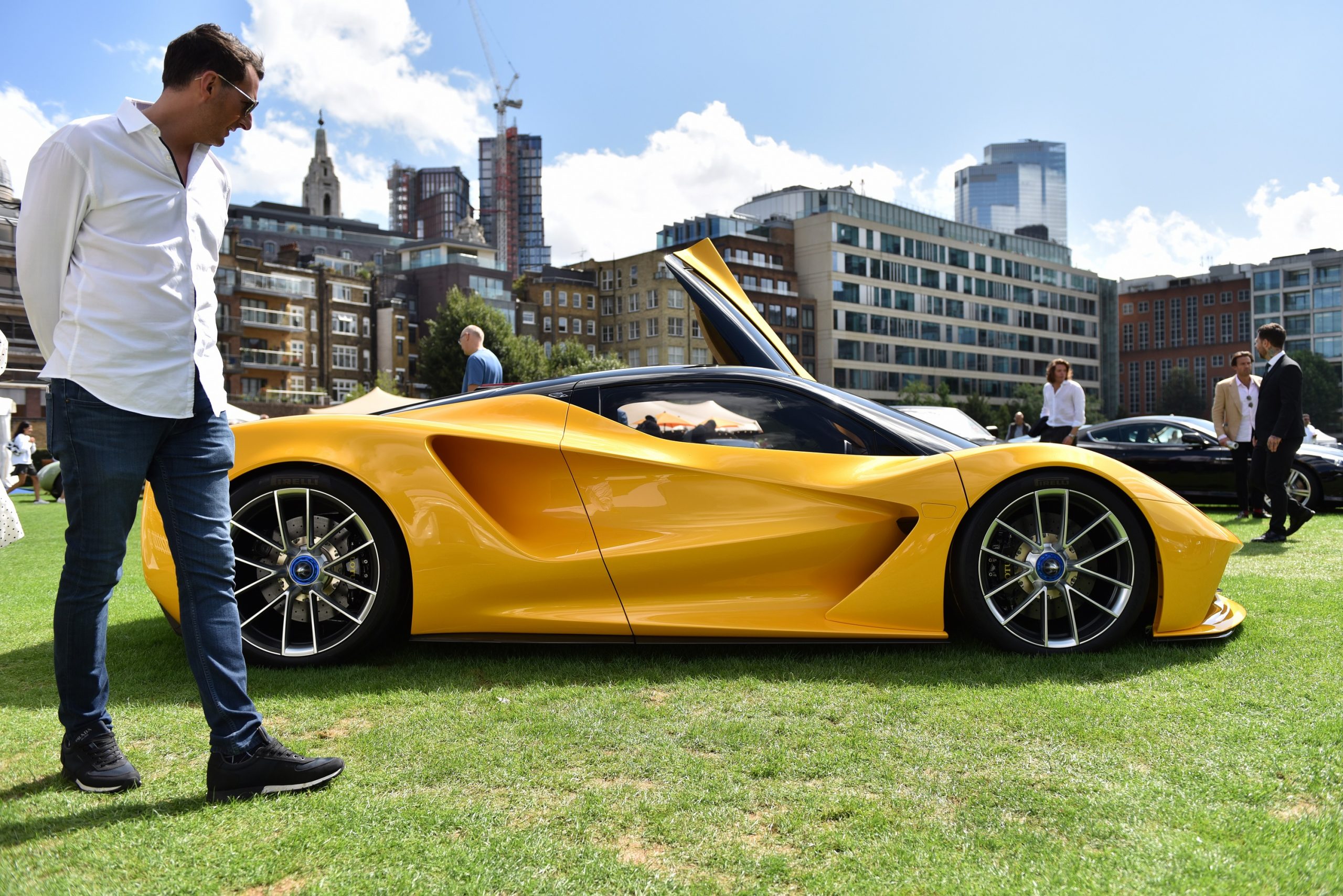
Clearly, Lotus tried to embody as much of that old “simplify and add lightness” mantra in the Evija, but I’m not sure how well it worked. It is lighter than the Nevera, at 3,700 lbs, but that’s still heavier than the Jesko, it’s closest gas-poewred competitor. I mean, look at how small the thing is next to the man in the photo. And yet, 3,700 lbs.
That’s all down to batteries, as CNN reports. If you’ve ever held a D-cell battery, you’ll know what I’m on about. Those little suckers are pretty heavy. Now, imagine 10,000 or so of those under a car. That weight adds up fast, and we as human being simply have not figured out how to make them lighter.
The Rimac Nevera and the Evija fly in the face of weight savings
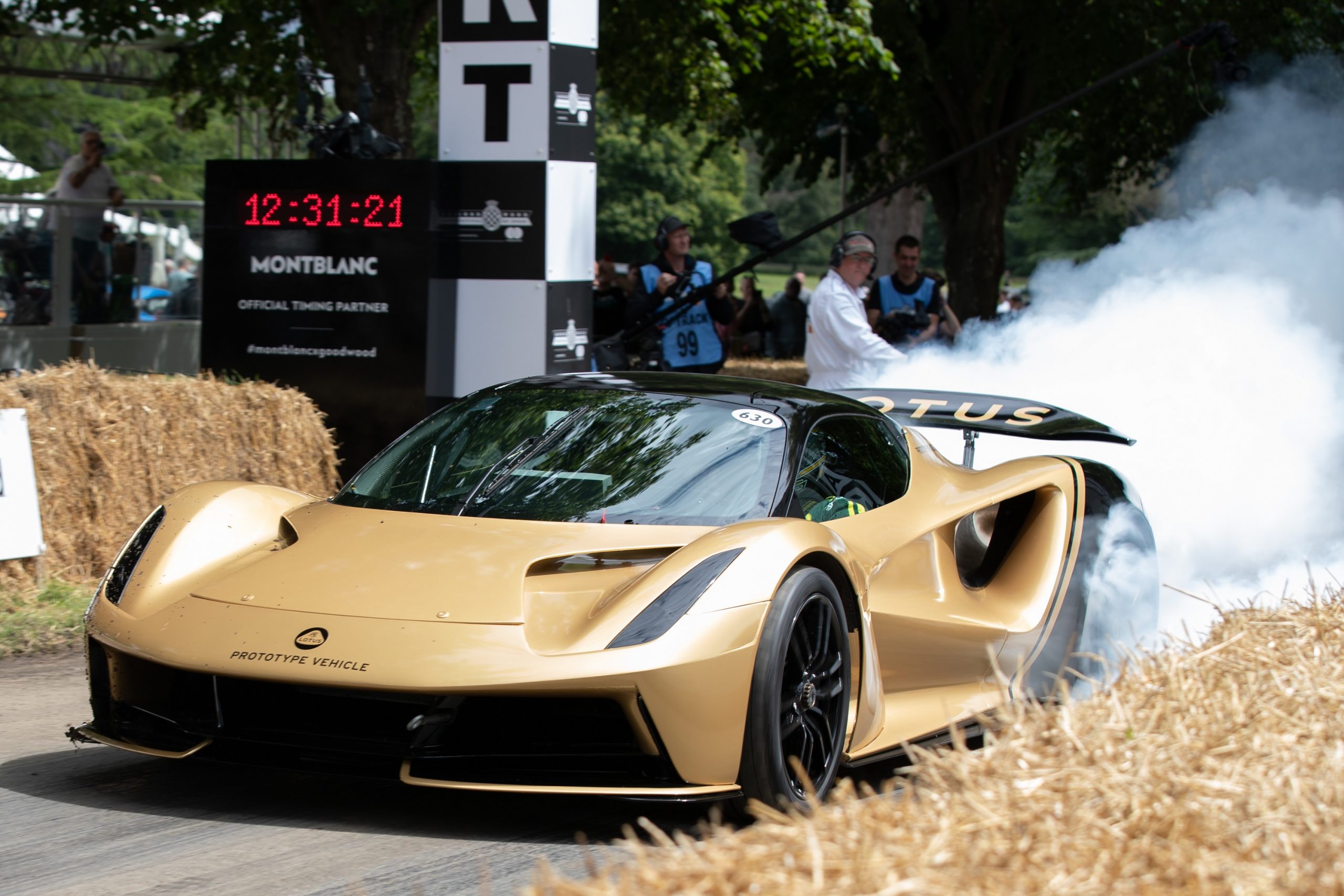
However, despite this duo of absurdly heavy electric supercars, there is some hope on the horizon. Just as we’ve found ways to make cars lighter via carbon fiber and lighter metals, solid state batteries are much lighter than traditional lithium-ion ones. That means, hypothetically, we’ll start to see more widespread use of them, especially in supercars. That means a very exciting world of 1,000 hp cars that are down near the 3,000 lb mark. Scary? Yes. But fun? Also yes.
